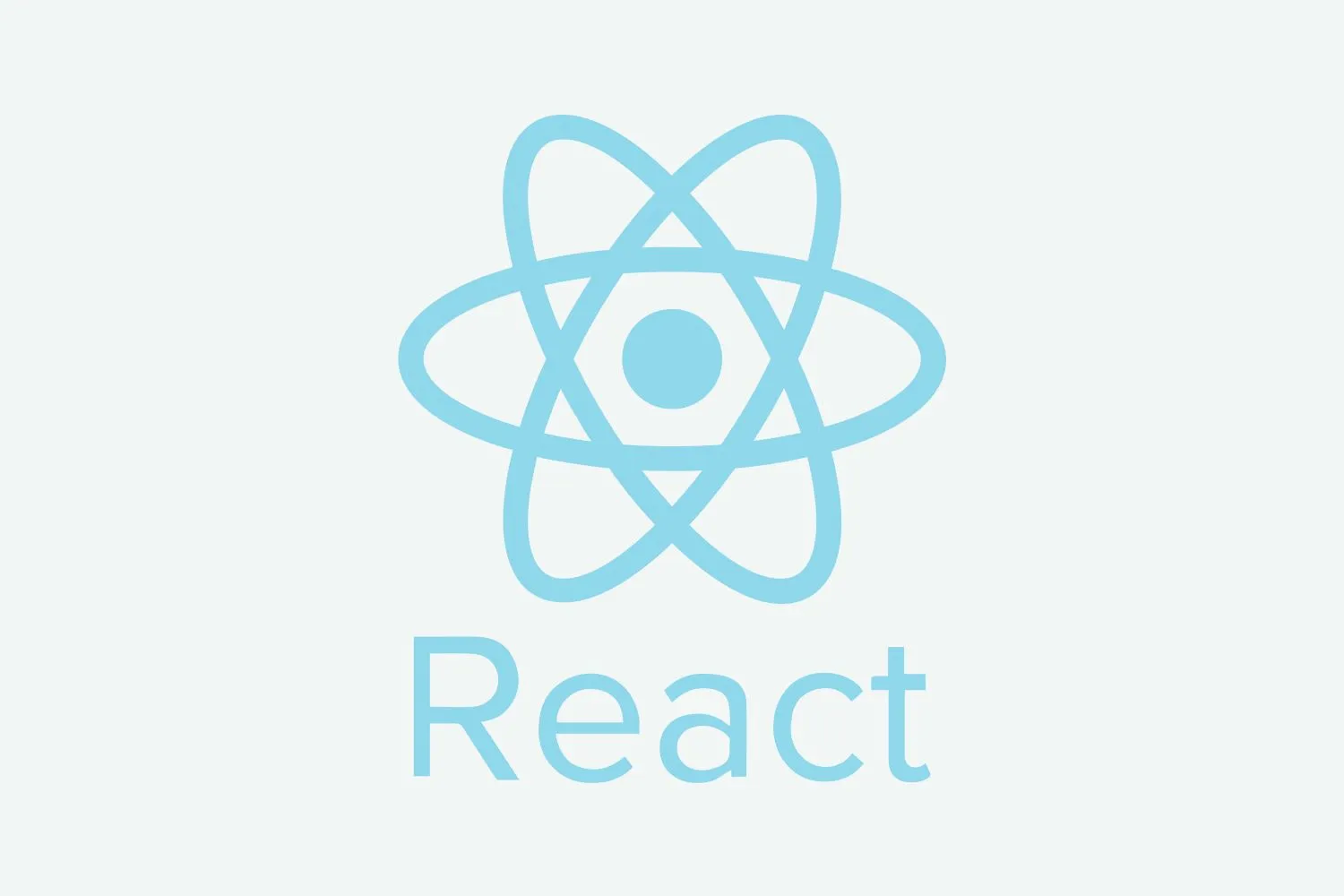Data Structures and Algorithms Course
| Training Mode | Regular | Fastrack | Crash |
|---|---|---|---|
| Classroom | Online | 2 Months (M,W,F or T,T,S Class) (3 Class in a week) |
1 Month (Monday to Friday Class) (5 Class in a week) |
15 days (Monday to Friday Class) (5 Class in a week 1:30 hour duration) |
1. Introduction to Data Structures and Algorithms
- Definition of Data Structures and Algorithms
- Importance in Problem Solving and Optimization
- Complexity Analysis (Time and Space Complexity)
- Big O Notation, Omega, Theta
2. Mathematics for DSA
- Recursion and Recursive Algorithms
- Time Complexity of Recursion (Master Theorem, Recursion Trees)
- Probability and Combinatorics in Algorithms
- Modular Arithmetic, GCD, and Prime Numbers
3. Arrays
- Definition and Types (1D, 2D, Multi-dimensional)
- Basic Operations (Insertion, Deletion, Traversal)
- Techniques: Sliding Window, Two-pointer technique
- Problems: Kadane’s Algorithm (Maximum Subarray), Searching and Sorting Arrays
4. Linked Lists
- Singly Linked List, Doubly Linked List, Circular Linked List
- Operations: Insertion, Deletion, Reversal
- Detecting and Removing Cycles
- Applications and Problems: Merge Two Sorted Lists, Detecting Cycle (Floyd's Tortoise and Hare)
5. Stacks and Queues
- Stack: LIFO Structure, Operations (Push, Pop, Peek)
- Queue: FIFO Structure, Operations (Enqueue, Dequeue)
- Special Queues: Circular Queue, Deque (Double-Ended Queue), Priority Queue
- Applications: Balanced Parentheses, Stock Span Problem, LRU Cache
6. Hashing
- Hash Functions and Hash Tables
- Collision Resolution Techniques: Chaining, Open Addressing
- Applications: Frequency Counting, Caching, Anagram Problems, Subarrays with Zero Sum
7. Strings
- Basic String Operations (Reversal, Palindrome, Anagram)
- Pattern Searching Algorithms: Naive Search, KMP Algorithm, Rabin-Karp Algorithm
- String Matching Problems: Longest Common Subsequence, Longest Palindromic Substring
- String Compression and Transformation Techniques
8. Sorting Algorithms
- Basic Sorting: Bubble Sort, Selection Sort, Insertion Sort
- Efficient Sorting: Merge Sort, Quick Sort, Heap Sort
- Counting Sort, Radix Sort, Bucket Sort
- Time Complexity and Space Complexity of Sorting Algorithms
9. Searching Algorithms
- Linear Search, Binary Search
- Binary Search Variants: First/Last Occurrence, Peak Element Search
- Ternary Search and Jump Search
- Applications: Search in Rotated Sorted Array, Median of Two Sorted Arrays
10. Recursion and Backtracking
- Basic Recursion Techniques: Base Case, Recursive Case
- Recursion vs Iteration
- Backtracking: N-Queens Problem, Subset Sum Problem, Sudoku Solver
- Memoization and Dynamic Programming
11. Trees
- Binary Trees: Representation and Traversal (Inorder, Preorder, Postorder)
- Binary Search Tree (BST): Insertion, Deletion, Searching
- Balanced Trees: AVL Tree, Red-Black Tree
- Trie (Prefix Tree) and its Applications in String Searching
- Heaps: Min-Heap, Max-Heap, Heap Sort
12. Graph Algorithms
- Graph Representation: Adjacency List, Adjacency Matrix
- Graph Traversal: Depth-First Search (DFS), Breadth-First Search (BFS)
- Shortest Path Algorithms: Dijkstra's Algorithm, Bellman-Ford Algorithm
- Minimum Spanning Tree: Kruskal’s Algorithm, Prim’s Algorithm
- Topological Sorting, Detecting Cycles in a Graph, Strongly Connected Components
13. Greedy Algorithms
- Introduction to Greedy Algorithms
- Problems: Activity Selection, Fractional Knapsack, Job Sequencing with Deadlines
- Huffman Encoding Algorithm
- Greedy vs Dynamic Programming
14. Dynamic Programming (DP)
- Introduction to DP: Memoization, Tabulation
- Classic DP Problems: Fibonacci, Knapsack, Longest Increasing Subsequence
- DP on Trees and Graphs
- Optimization Techniques: Bitmask DP, Matrix Chain Multiplication, DP with State Compression
15. Advanced Data Structures
- Segment Trees, Fenwick Tree (Binary Indexed Tree)
- Union-Find (Disjoint Set Union)
- Sparse Tables, Suffix Arrays
- Heavy-Light Decomposition
16. Advanced Topics
- Bit Manipulation and Applications
- Divide and Conquer Algorithms
- Randomized Algorithms
- Computational Geometry (Convex Hull, Line Intersection)
17. Problem Solving and Optimization
- Analyzing Problems for Data Structure Selection
- Solving Real-World Problems
- Competitive Programming Techniques (Problem Analysis, Brute Force vs Optimal Solutions)
- Practice Problems (LeetCode, Codeforces, HackerRank)
Contact Us
Course Feedback
Student Projects
-
.png)
Name : Manish Bharti
Course : Web Designer
Project : Mindx
Guided By : Rajesh Sir
-

Name : Manish Bharti
Course : Web Designer
Project : Light Basket
Guided By : Rajesh Sir
-

Name : Sakesh Kumar
Course : Web Development
Project : Delhi Hospital
Guided By : Rajesh Sir
-

Name : Vikash Kumar
Course : Full Stack Developer
Project : PS Health Care
Guided By : Rajesh Sir
-

Name : Bablu Kumar
Course : Web Development
Project : Mudra Cash for Gold
Guided By : Rajesh Sir
-

Name : Manish Bharti
Course : Web Designer
Project : vedicessentials
Guided By : Rajesh Sir
-

Name : Guddu Kumar
Course : Advance Full Stack Developer Expert
Project : MPS Switches
Guided By :
-

Name : Jatin
Course : Web Development
Project : Palco
Guided By : Rajesh Sir












